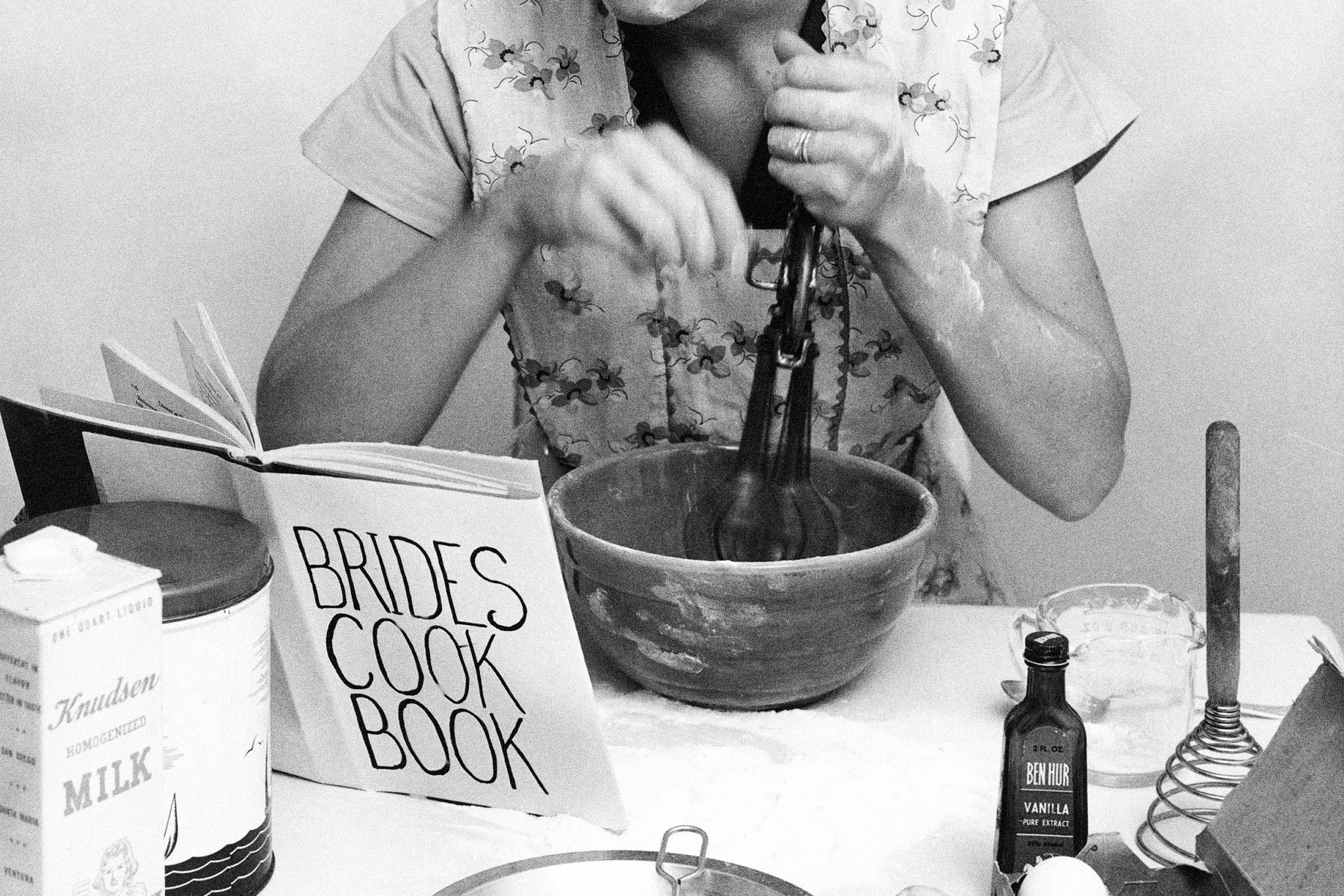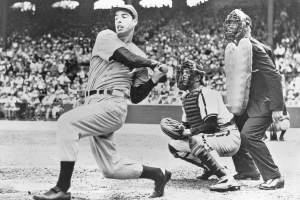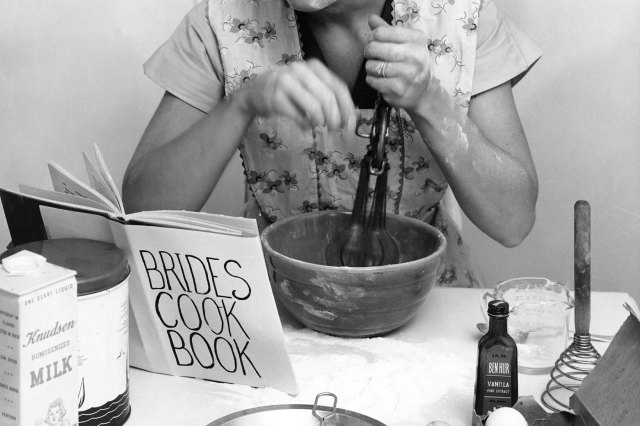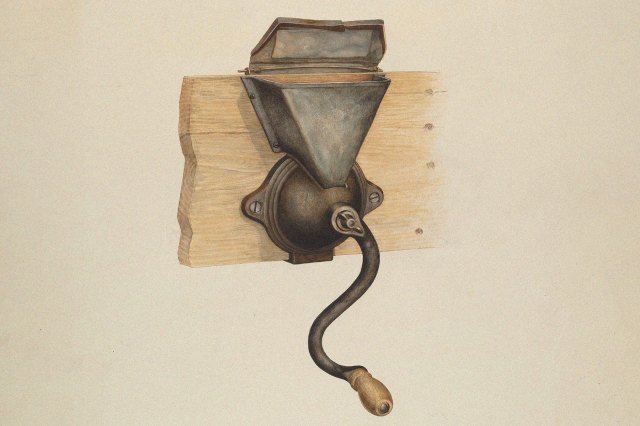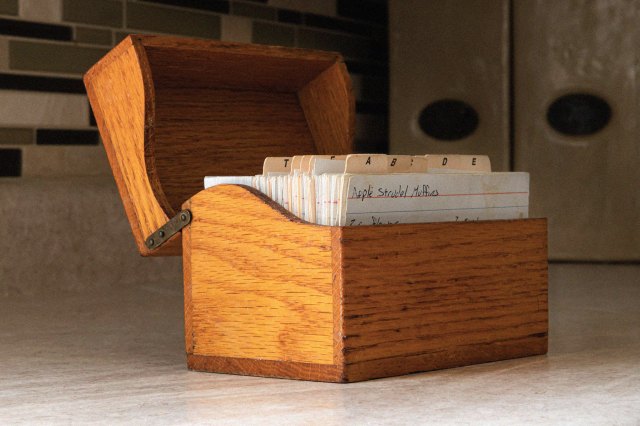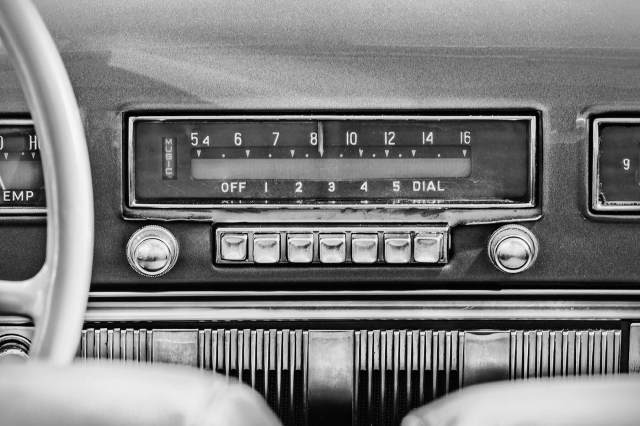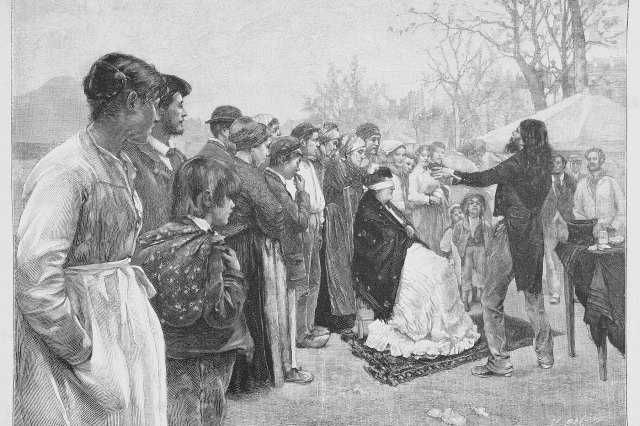6 Items You Would Find in a Kitchen 100 Years Ago
Over the past century, the typical home kitchen has undergone a significant transformation, reflecting both social changes and new technology. In the 1920s and ’30s, kitchens were primarily utilitarian spaces with a focus on functionality and easy-to-clean surfaces. Appliances were limited, hand mixers had cranks, and gas ovens, which had replaced wood or coal-burning stoves in most homes, were starting to themselves be replaced by electric ovens.
The post-World War II consumerism of the late 1940s and 1950s brought bigger kitchens for entertaining and more labor-saving appliances, including blenders, mixers, and dishwashers. The kitchen space became more streamlined and functional, and the 1960s and 1970s brought countertop food processors and microwave ovens into the mainstream.
Open-plan kitchens and islands became increasingly popular in home design throughout the 1980s and ’90s, indicative of the kitchen’s role as a hub for family and friends to gather. That trend continued into the 21st century, along with a significant shift toward high-tech kitchens, smart appliances, and a focus on sustainability. Today’s kitchens — reflecting the changing ways we prepare, store, and consume food — look dramatically different than they did a century ago, making many once-popular items obsolete. Here are six things that your grandparents and great-grandparents might have had in their own home kitchens a century ago.
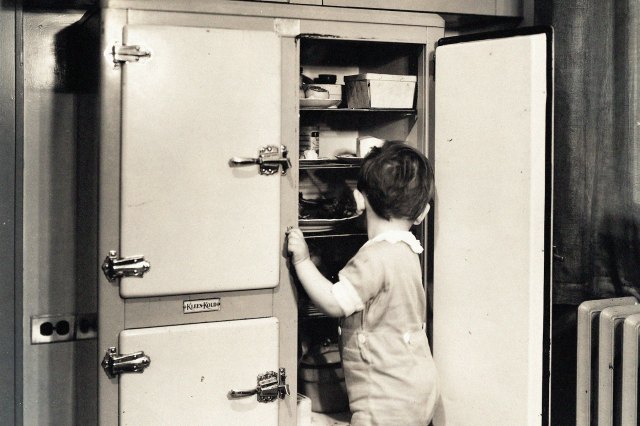
An Icebox
Before the widespread availability of electric refrigerators, iceboxes were used to keep perishable food cool. These wooden or metal boxes had a compartment for ice at the top, and fresh ice was delivered each week by an iceman. The design of the icebox allowed cold air to circulate around the stored items, while a drip pan collected the water as the ice melted. Naturally, iceboxes fell out of fashion as electric fridges went mainstream. In 1927, General Electric introduced the first affordable electric refrigeration, which relied on a refrigerant for cooling rather than ice.
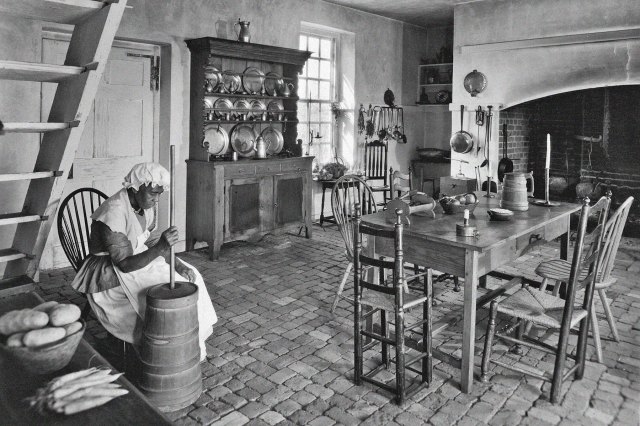
A Butter Churn
Before commercial butter production made it possible to buy butter at the market, churning cream into butter was an activity done at home. The hand-crank butter churn was introduced in the mid-19th century, and it became the most commonly used household butter churn until the 1940s. In the early 20th century, the Dazey Churn & Manufacturing Company began producing glass churns that could make smaller quantities of butter much quicker than the larger, time-intensive churns. Once the butter was churned, it could then be poured or pressed into decorative molds for serving.





